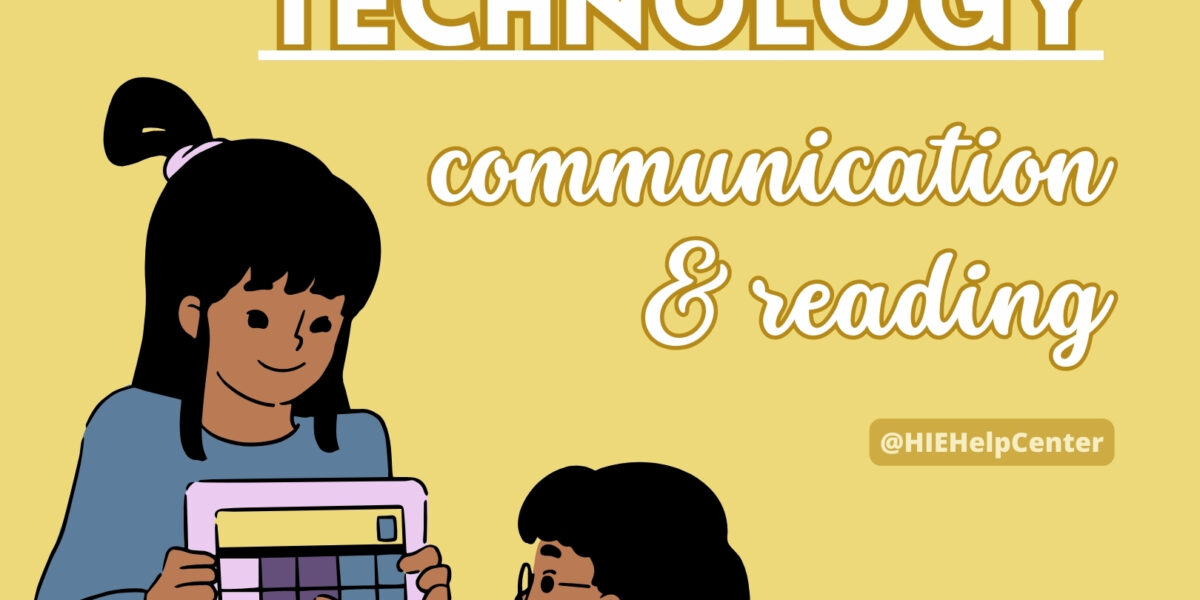Looking to get your loved one with a disability something simple to help them ease into the school year? We’ve compiled a list from assistive technology resources across the web to help in your search.
Writing assistive technology
- Speech to text programs: Programs on many different devices help children who struggle with writing by transforming speech into text.
- Note-taking tools: Tools that record notes or help with writing and transferring notes to a computer program.
- Pencil weights: A weighted wrap for a pencil helps those with coordination difficulties and sensory needs write.
- Notebooks with colored lines: Brighter lines help writers stay in between the lines when writing.
- Slant board: An angled surface on which to write, which helps with wrist positioning and makes writing easier.
- Hand weights: An occupational therapy weighted sensory tool.
- Writing aid: An ergonomic tool for writing without gripping.
- Writing glove: A weighted glove to allow flexibility and pressure while writing.
- Colored keyboard: A keyboard with large, colorful keys to help those with vision difficulties or motor disorders.
- Lefty pencil grips: Allow for easier writing and sensory input on the left hand.
Reading assistive technology
- Literacy software: Certain softwares help read text aloud, such as read&write.
- Visual dictionaries: Online visual dictionaries present the meanings of words in images for people who may need help with comprehension.
- Reader pens: People who have a vision or reading difficulty can utilize a pen that translates text to speech.
- See-N-Read: This reading tool helps readers focus on one line at a time.
- Reading guides: Reading guides highlight lines of text to make tracking easier.
- English talking dictionary: This dictionary reads definitions of words aloud.
- Reading comprehension cubes: Cubes with questions on them that can facilitate discussion and strengthen reading comprehension skills.
- Story retell fun deck: Cards that provide images and help children retell and comprehend stories.
Communication and daily life assistive technology
- Speech tablets: Communication devices for people who have trouble speaking.
- Social stories: This book of social stories helps children comprehend life events and daily activities through visual stories.
- Graphic organizers: Software programs that assist with organizing, such as Mindomo products, help children with learning disabilities and planning issues.
- Self calming cards: These cards help students learn and recall helpful self-calming techniques.
- Answer buzzers: Fun and bright buttons can make classroom communication more exciting.
- Visual timer: A time tracker that offers light and sound cues.
- Social scenes: Images that help explain social situations and communication.
- Organization station pocket chart: A chart to help students stay organized with daily tasks and classroom activities.
Sensory aids
- Weight lap pad: A gel pad that gives students deep pressure input and helps them to stabilize while sitting.
- Foot roller: This device helps students in need of sensory stimulation to fidget while learning.
- Vibrating sensory cushion: This cushion offers self-regulated sensory stimulation and comfort.
- Tactile fidgets: Small tactile fidgets can be a great addition to a student’s desk to help them stimulate their senses between tasks.
- Sensory kits: Various sensory kits can provide sensory stimulation or relief to students with sensory processing issues.
Do you have other tools that helped your child with a disability at school? Comment below to add to our list!
Related Resources



Leave a Reply
You must be logged in to post a comment.